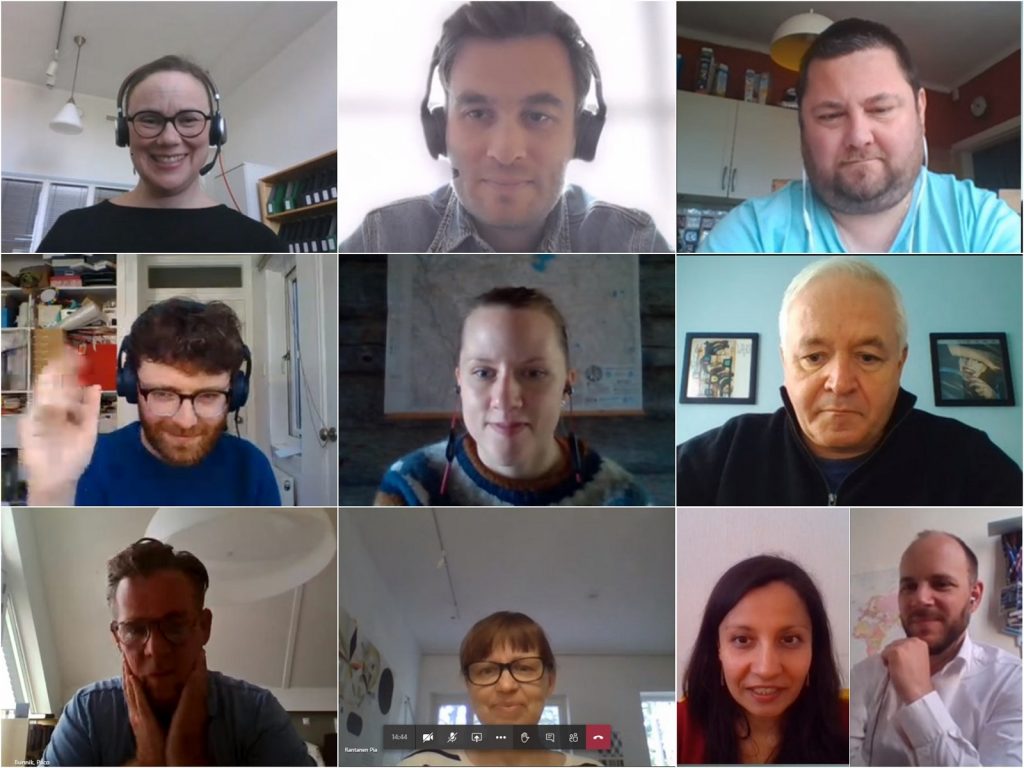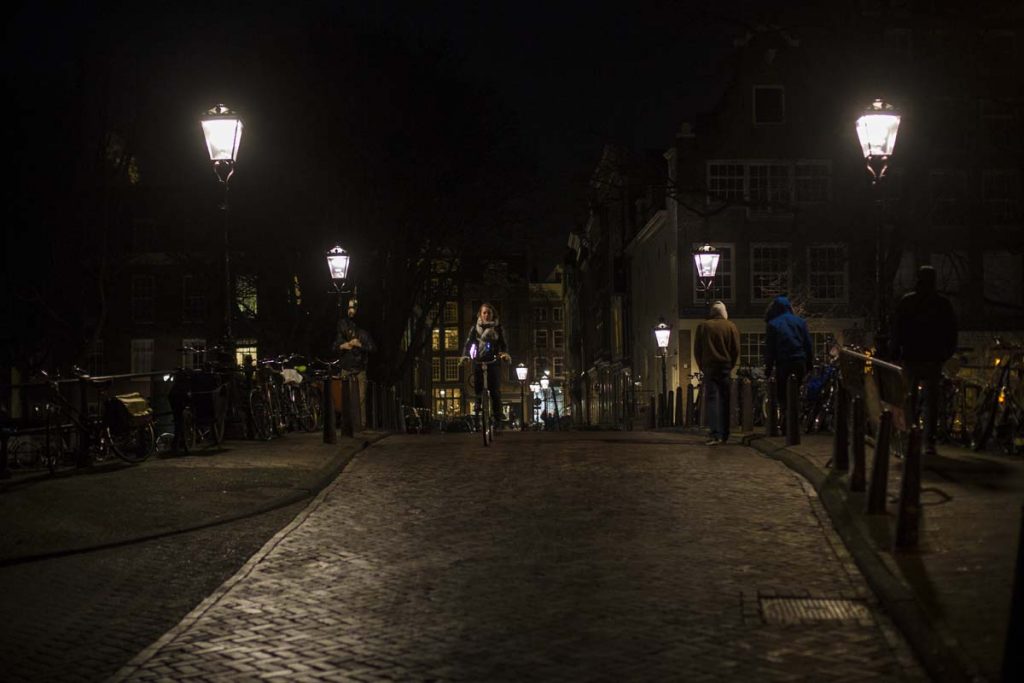Cities of light in times of COVID-19
How have municipalities around the world adapted lighting and other public services during lockdown periods? What do they think will be the long-term impacts of Covid-19 on public space and urban lighting in the future?

These were some of the issues discussed in LUCI working group meetings this spring.
Over 35 participants from 20 cities participated in online meetings to move forward on key topics linked to urban lighting. City representatives also took the time to share their experience and the situation in their municipalities linked to the Covid-19 pandemic.
From Medellin to Seoul, to Rabat and Stavanger, municipalities across the globe in different phases of lockdown or re-opening, on different points in the pandemic wave, shared their first thoughts on these topics.
How to keep society going during a lockdown?
As countries “shut down” one after the other and social distancing measures limited people’s movements and interactions, public spaces in cities took on multiple new roles.
Covid-19 has demonstrated the importance of urban parks and green spaces. During the lockdown period, parks were essential for recreation, social interaction and maintaining social relations.
In cities in northern Europe, outdoor spaces were important sources for people’s “dose” of natural light.
Moreover, the unusually good weather during lockdown meant that more people than usual were in urban green spaces, leading to a need for more urban furniture in these outdoor spaces.
In many cities of our network, parks are not lit and therefore not accessible at night. The desirability of illuminating green spaces at night has always been an ongoing discussion, but now, with greater importance being given to green spaces in cities, the situation might change in the future.
Many cities resembled “ghost towns”, and that was particularly true during the nighttime. There has of course been a major economic impact: many small business, bars, restaurants and places linked to the nighttime economy had to shut down, either temporarily or in the long term. This will have an impact on city economies in the long term and many cities are planning to reduce their investments and downsize projects.
Amsterdam
Albertslund
Eindhoven
Galway
Glasgow
Gothenburg
Helsinki
Jyväskylä
Leipzig
Lyon
Medellin
Oulu
Rabat
Rotterdam
Seoul
Stavanger
Strasbourg
Tartu
Turin
On the other hand, re-opening phases in many cities have seen a boom in outdoor seating for restaurants and bars. Cities now have to make the public space available for such initiatives and many municipalities have slackened rules linked to this. There is now also more space for entrepreneurs and experimentation in public space.
The economic impacts of the crisis will also have social effects: many cities have pointed out the need to build socially coherent policies that will enable activation and reactivation of public spaces.
In some cities, the lockdown also enabled citizens to rediscover their city and reappropriate public space. In Amsterdam, a city normally overcrowded with 17 million tourist each year, inhabitants could ‘rediscover’ their own city in a different way.
In other cities, less cars and more free time also meant that various social groups could use public spaces in a more “equal” manner. Children could go on the streets to play in cities where occasional outdoor movement was allowed.

There has been a major impact on how people move around in the city. There has been a surge in bicycle use. In Leipzig, people requested temporarily using part of the street as broadened bike lanes because there were so many cyclists. Many cities are creating more and more temporary and permanent bicycle lanes. A question to explore is whether public lighting, which is in some areas mainly thought for cars, is adaptable enough to respond to such a situation.
The Glasgow City Council used this period to test some future changes for the city. There will also be more funding from the government for “Spaces for people” to promote active mobility and social distancing as people get back to work and start taking public transport.
Similarly, Albertslund in Denmark, continued with a pilot project with Telia to gather (anonymous) data from cellphones on how people use the streets. The data from this tool will give them more information for better mobility planning, where people go, use of bikes, etc. which will contribute to an planned urban redevelopment project.
In most cities, permanent street lighting continued as usual, and lighting development projects moved forward. In Rabat, the public lighting strategy was adapted to the reduced use of streets and public spaces: lights were dimmed where possible. This successful implementation of dimming during the lockdown period led the city to integrate dimming in its lighting strategy for the future as well. In addition, some public works projects took the opportunity for otherwise complex road closures to carry on and even accelerate.
Creative lighting bringing joy to cities during Covid-19
As cities went into lockdown, many artists rose to the occasion to find innovative ways to bring light art to the people: digital content became a go-to entertainment source to showcase light art that usually needs to be viewed in the public space, while guerrilla-style light art projections were set up on building facades so that citizens could view some art from the safety of their windows and balconies.
Light art became a way to bring joy and lightness to otherwise dark times.
>> See the article on light art during Covid19 here
While these smaller projects were able to move forward during this difficult period the Covid-19 pandemic has had a major negative impact on public cultural events around the world. Many cities in LUCI had light festivals that had to be cancelled, postponed, or modified due to the pandemic.
A major challenge has been for municipalities to decide how to adapt light festivals to the everchanging situation linked to the pandemic.
How can they transform their lighting festivals in a way that balances public safety and public expectations? How can they explore the opportunities for digitalisation of art without denying the value of in-person experience? How should they deal with diminishing budgets, how should they adapt artist contracts to include clauses for Covid-19 and cancellation?
All these questions and more are the topics of discussion in a new working group on light festivals launched by LUCI. It aims to help municipalities in this situation exchange ideas, experiences and feedback on transforming events.
Indeed, these uncertain times underscore the enduring value of international city-to-city collaboration, exchange of experience and mutual learning in helping cities face the challenges that the future might bring.
Images: AMSTERDAM – Lichtsituaties in Amsterdam. Locatie: Herenmarkt COPYRIGHT MAARTEN BRANTE

